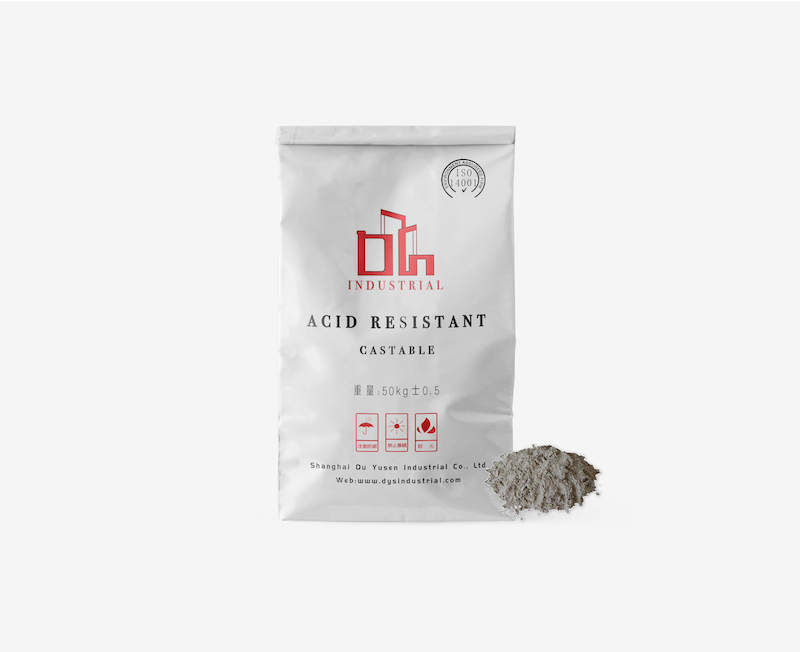Castable quality standards and detection methods
Nov 27, 2023
一. Castable quality standards
As an important component of concrete structures, castables have strict quality standards. Usually, the quality standards of castables mainly include the following aspects:
1. Liquidity
The fluidity of castables refers to its flow performance in the liquid state. Fluidity is generally evaluated by measuring Coriolis viscosity, Stokes rheology and other experiments. The measurement results are relatively intuitive, and the fluidity of the castable is usually required to be no less than a certain value.
2. Slump
The slump of the castable is a manifestation of its plasticity and plasticity retention during the filling process. The slump test is commonly used to evaluate its plasticity. The slump of castables needs to meet specific requirements.
3. Bleeding rate
The bleeding rate of castables refers to the rate at which they release water when solid. Experimental testing is carried out according to prescribed methods, and the bleeding rate is generally required to reach a specific value.
4. Compressive strength
The compressive strength of castables in the solid state is an important indicator for evaluating its hardening degree and compressive resistance. Parameters such as static compression strength and freeze-thaw compressive strength usually need to be measured to evaluate its eligibility.
二. Common defects of castables and their solutions
During the production and use of castables, some quality problems are often encountered, including poor fluidity, low compressive strength, and high bleeding rate. These problems are mainly caused by unreasonable raw material ratio, uneven mixing, insufficient curing time and other reasons. To solve these problems, we need to start from the following aspects:
1. Reasonable raw material ratio
The raw material ratio of the castable is a key factor in its quality. It is necessary to choose an appropriate proportioning plan according to the actual situation to ensure the quality of the castables. At the same time, attention should be paid to the commonalities and differences of raw materials, and the proportions should be strictly controlled when mixing to ensure stable and controllable quality.
2. Stir evenly
Uniform mixing is an important guarantee for stable quality of castables. In order to meet the requirements of high-quality castables, efficient mixing equipment must be used, and the mixing time and sequence must be carefully controlled to obtain uniform castables.
3. Sufficient curing time
The curing time of the castable has a crucial impact on its quality. If the time is insufficient, the castable will have low strength, be prone to cracking, and be prone to bleeding and other problems. Therefore, it is necessary to extend the curing time as much as possible to improve the quality stability of the castable.
3. Detection method
In order to ensure that the quality of castables meets the requirements, commonly used testing methods mainly include manual observation, experimental measurement and instrument testing. Among them, instrument detection methods are more accurate and reliable, and currently mainly include rheometers, pressure gauges, microscopes, etc.
Finally, it is particularly important to emphasize that during the production and use process, quality management and control measures must be strengthened to ensure stable quality of castables and avoid quality problems.